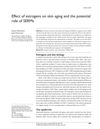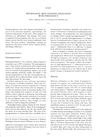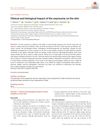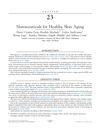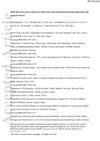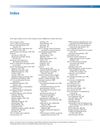Update on Melasma—Part I: Pathogenesis
July 2022
in “
Dermatology and Therapy
”
melasma hyperpigmentation solar radiation ultraviolet radiation UVR melanogenesis female sex hormones hormonal imbalances thyroid abnormalities oxidative stress autophagy-deficient melanocytes melanosomes chemokine ligands senescent fibroblasts stratum corneum granular layer basal keratinocyte nuclei UV radiation female hormones thyroid issues melanocytes chemokines fibroblasts skin layers

TLDR Melasma's causes include genetics, sun exposure, hormones, and oxidative stress, and understanding these can help create better treatments.
Melasma is a skin condition characterized by hyperpigmentation, particularly affecting women of reproductive age. Its pathogenesis is multifactorial, involving genetic predisposition, solar radiation, endocrine stimuli, and oxidative status. Genetic factors are significant, with 41-61% of patients in Brazil reporting occurrence in first-degree relatives. Solar radiation, especially ultraviolet radiation (UVR), directly stimulates melanogenesis and affects various skin cells. Female sex hormones and hormonal imbalances are known risk factors. The document also discusses the potential link between thyroid abnormalities and melasma, but results are inconsistent. Oxidative stress, caused by factors such as UV radiation and air pollution, is also associated with melasma. The skin of Melasma patients shows morphological alterations beyond hypermelanosis, such as a more compact stratum corneum, atrophic granular layer, and irregular basal keratinocyte nuclei. Autophagy-deficient melanocytes retain mature melanosomes and release chemokine ligands associated with pigmentation induction. Senescent fibroblasts, which are prominent in the dermis of Melasma, have a proinflammatory and melanogenic secretory profile. Strategies that interfere with their secretory phenotype and eliminate senescent cells can reduce Melasma recurrence and improve pigmentation. The study concludes that understanding these various factors could lead to the development of effective interventions for melasma.

